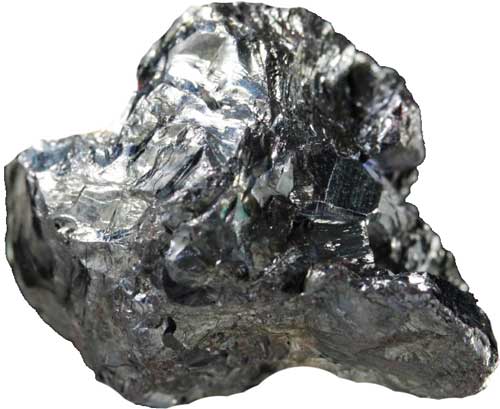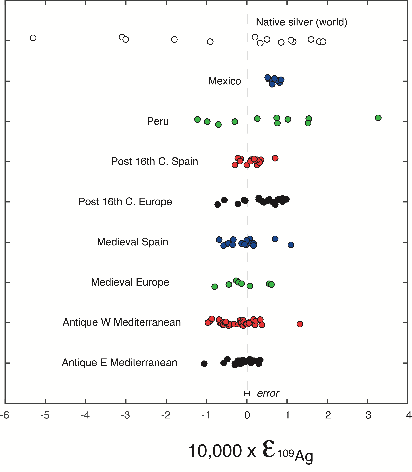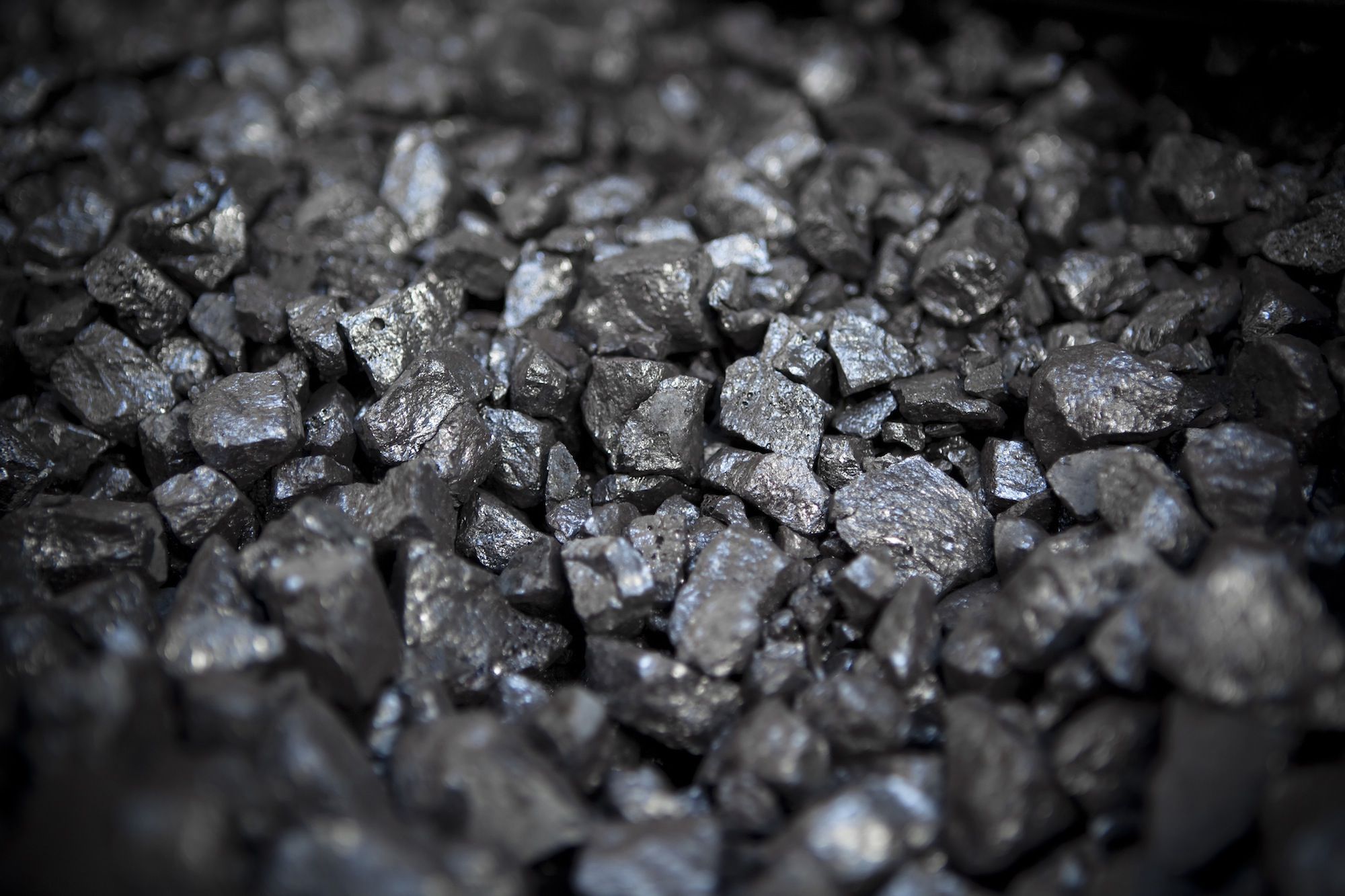
The common belief that PbS (galena) ores accounted most of the silver mined in the antique world will be tested. We will extract Ag from ores around the Mediterranean and test PbS prevalence over As and Sb sulfosalts and low-temperature ores with Ag, Cu, and Pb isotopes and trace elements. Our work will address major questions: (i) understand the sources of unminted silver as a precursor to coinage; (ii) use Ag isotope fingerprinting of the earliest coinages of Athens to identify the contributions of Greek mines to the development of the world’s first democracy; (iii) map the Greek and Persian mines which sourced the treasure captured by Alexander the Great, and investigate the spread of its silver; (iv) study the causes of the monetary reform of the Roman Republic in 211 BC; and (v) model the silver cycle from mines to coinage and artefacts in its economic context.





